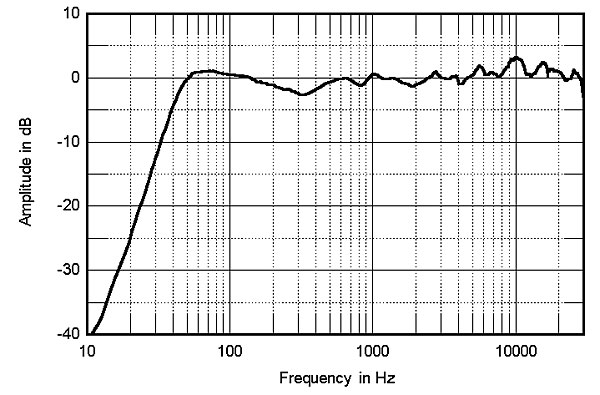| Columns Retired Columns & Blogs |
Since Mr. Fremer refers to the Wilson Maxx in his review, it would be most interesting to compare measurements from both speakers (Wilson and Joseph) in the same room (Mr. Fremer's).
When comparing both curves side by side, the Wilson's measurements seem a little... er... embarrassing, especially considering the vast difference in size and cost.
Of course, measurements tell only part of the story, but I had the occasion to listen to both speakers, and the Joseph were very impressive, while the Wilson sounded like an impressive collection of stacked boxes.
To my ears, the Pulsar sounded light and nimble and fun (think Mazda Miata), while the Maxx we're kind of big and sluggish, especially on small scale music (think luxo SUV).















































